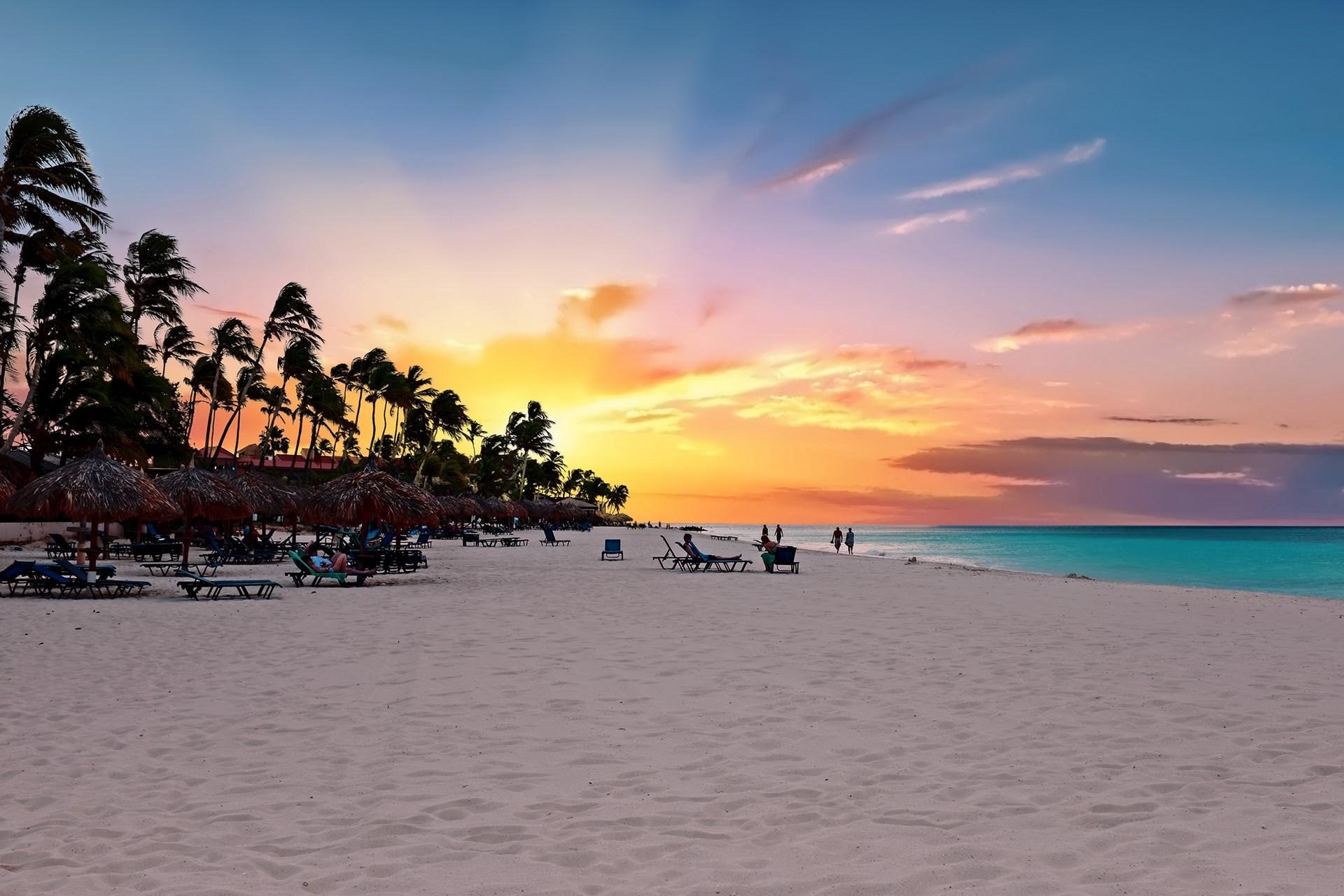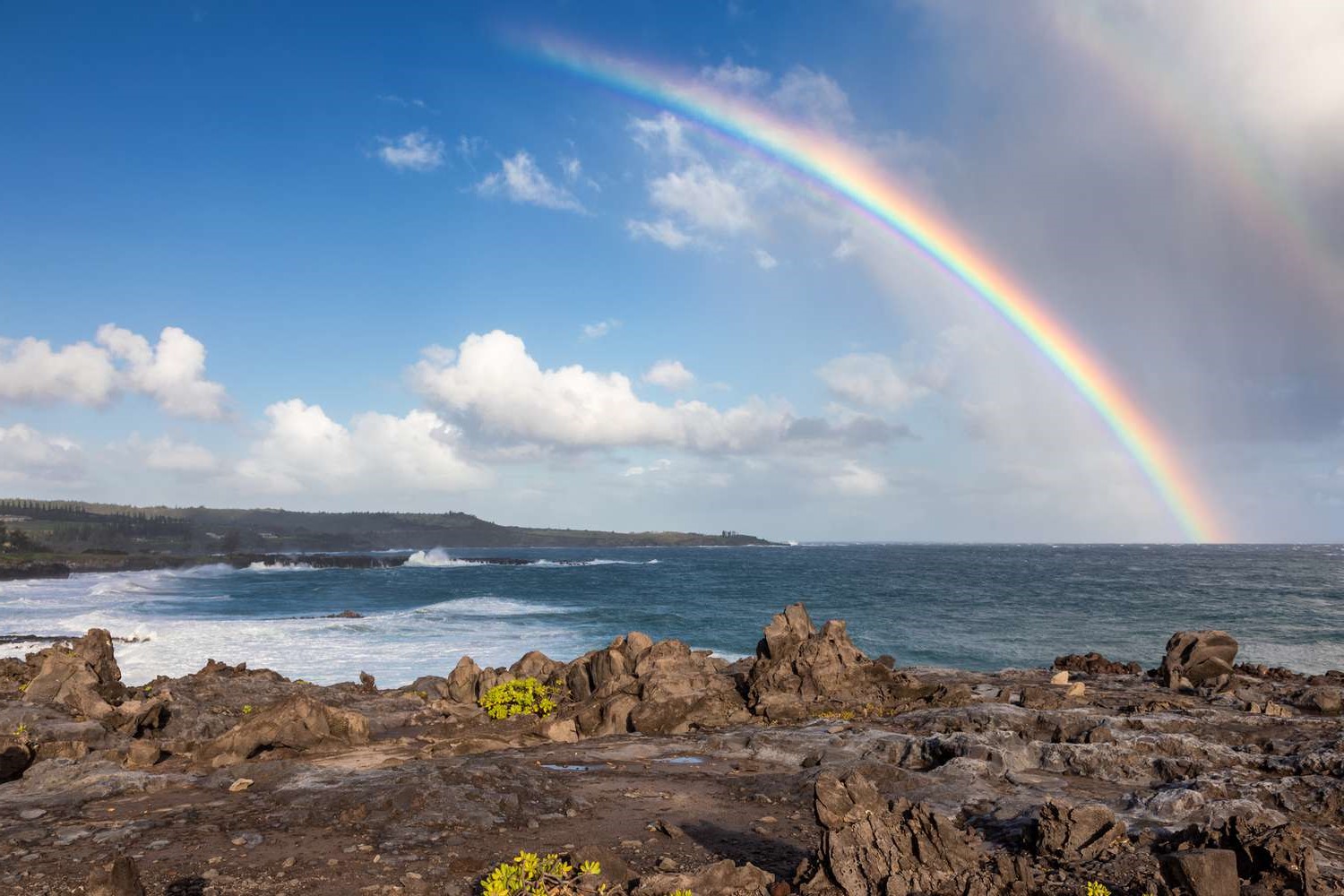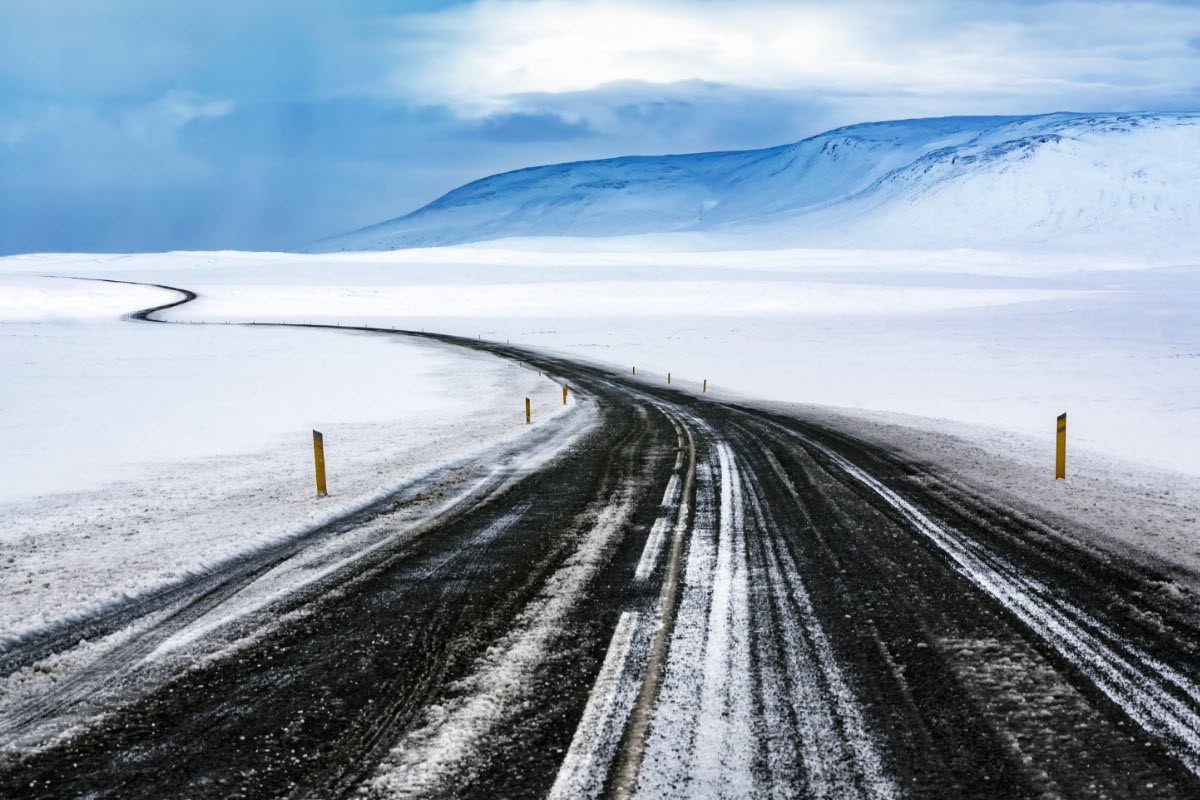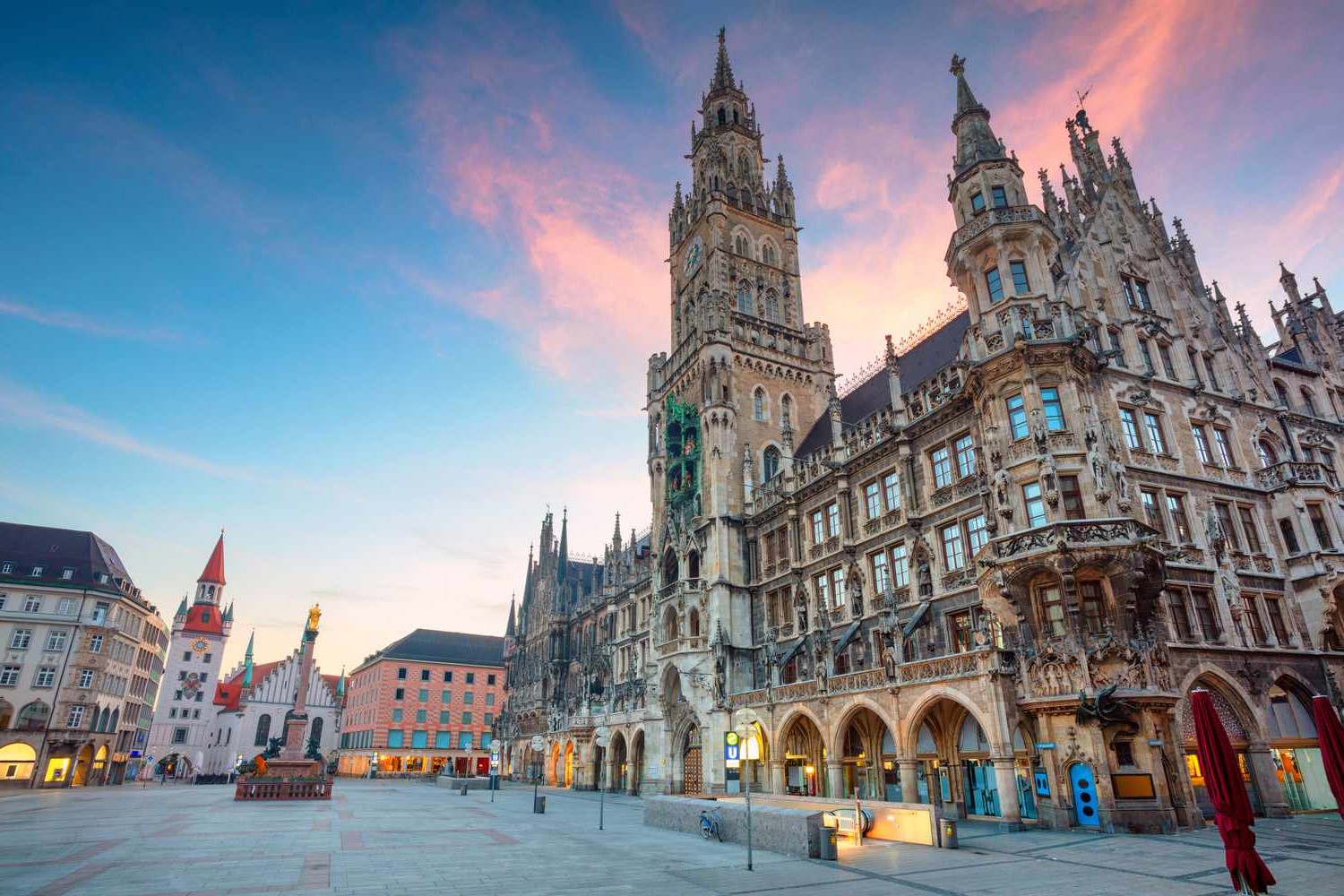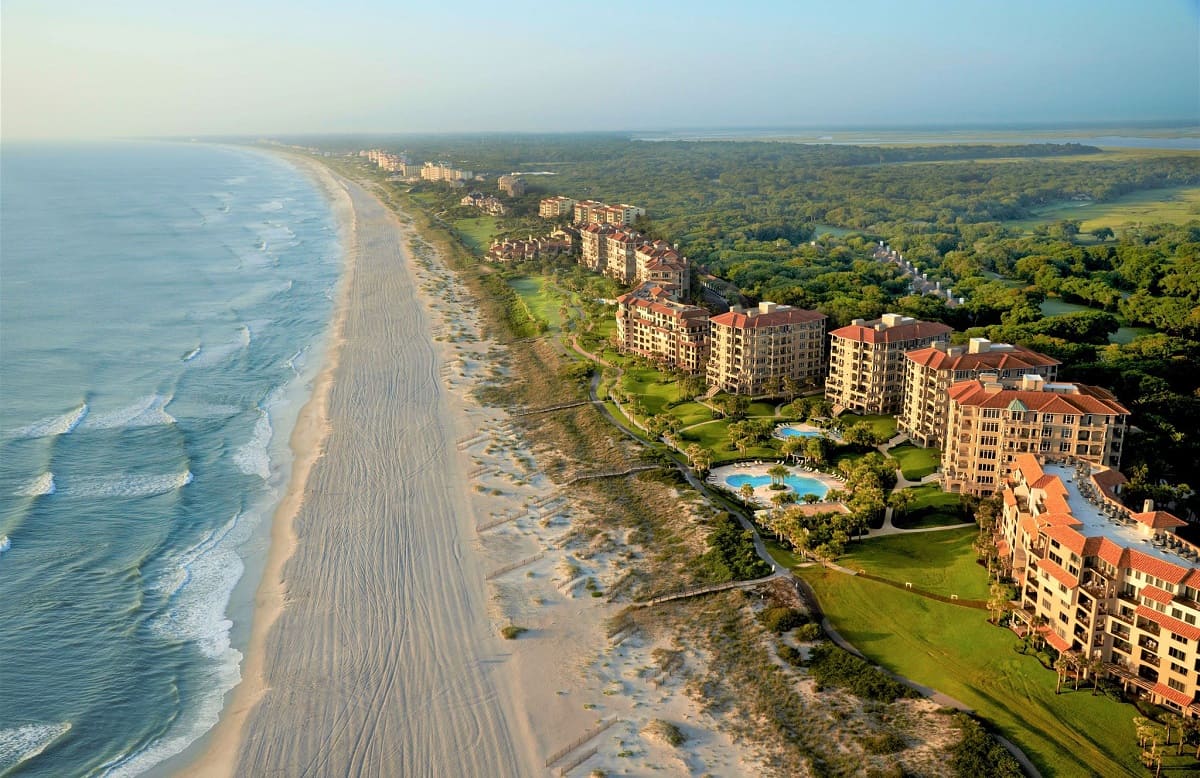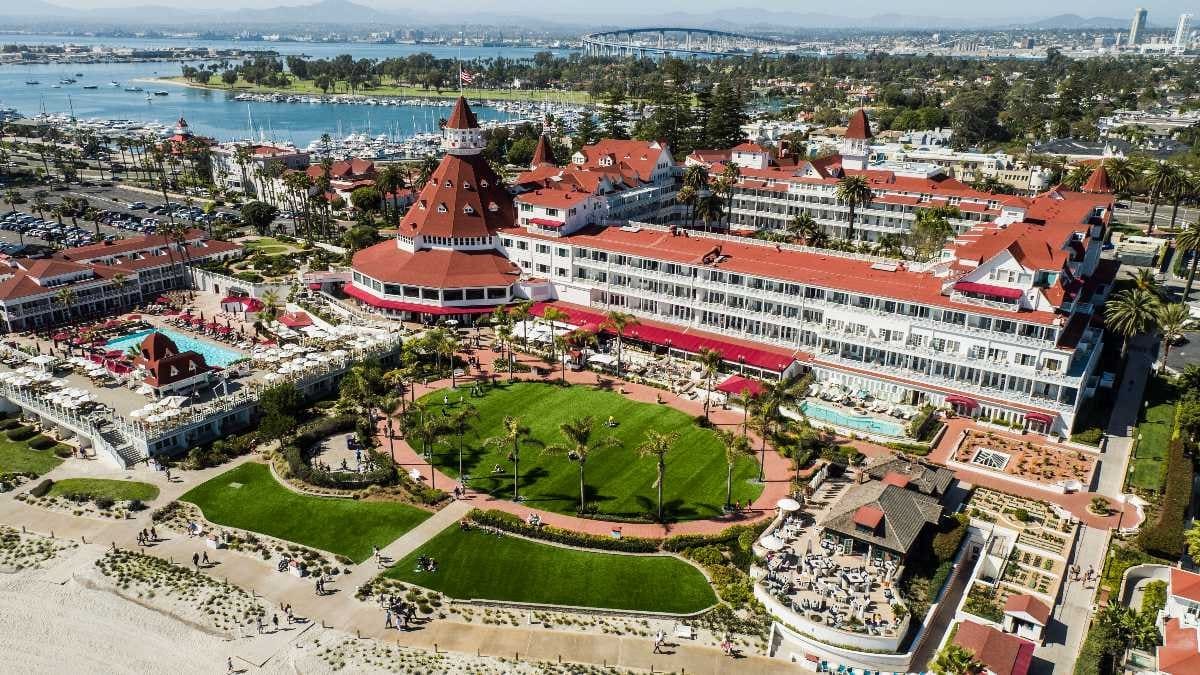Home>Weather and Climate>August Weather In Iceland: What To Expect
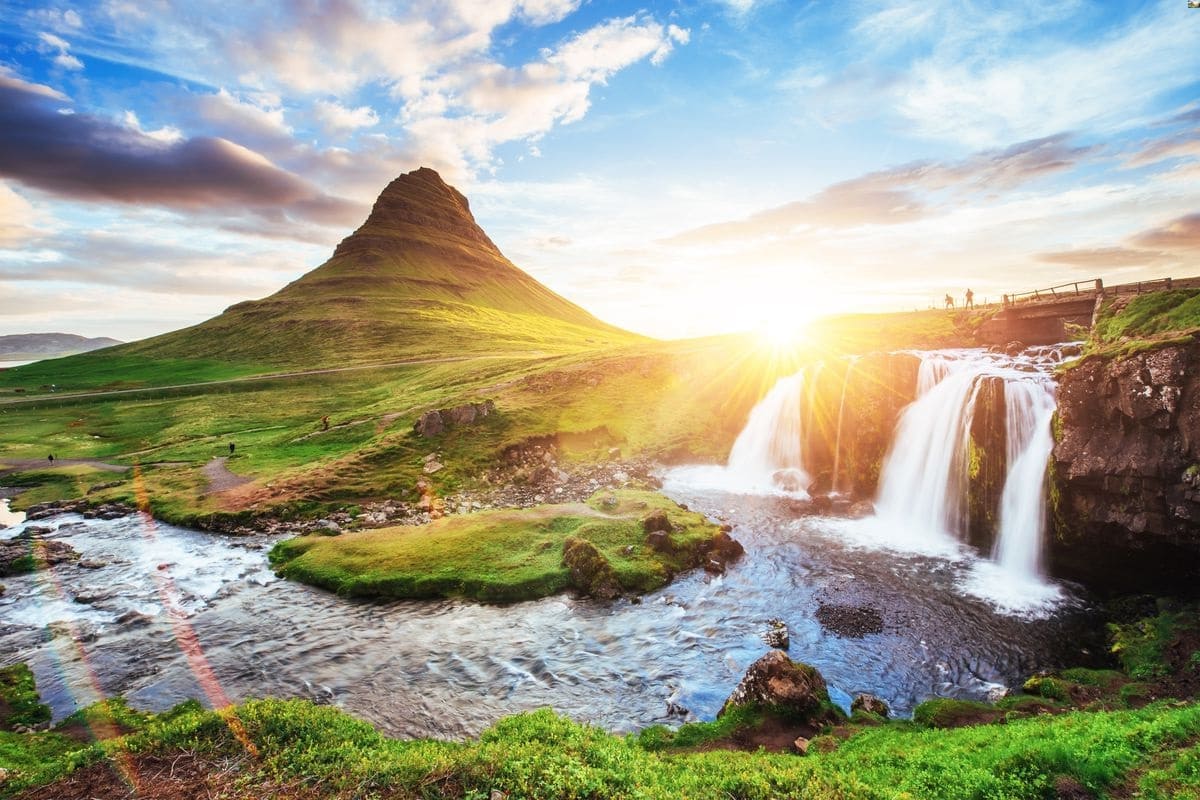

Weather and Climate
August Weather In Iceland: What To Expect
Published: March 4, 2024
Discover the weather and climate in Iceland during August. Learn what to expect and how to prepare for your trip.
(Many of the links in this article redirect to a specific reviewed product. Your purchase of these products through affiliate links helps to generate commission for Temperatures.com, at no extra cost. Learn more)
Table of Contents
Understanding Iceland's Climate
Iceland's climate is characterized by its dynamic and often unpredictable nature, shaped by its high latitude and proximity to the Arctic Circle. The island's location in the North Atlantic Ocean exposes it to a variety of weather systems, resulting in a climate that is both unique and challenging to predict. Understanding Iceland's climate is essential for anyone planning a visit, especially in August, as it can greatly impact travel experiences and outdoor activities.
Iceland's climate is influenced by the meeting of contrasting air masses. The collision of cold Arctic air from the north and relatively warmer air from the Gulf Stream creates a climate that is characterized by rapid and frequent changes. This interplay of air masses contributes to the country's notoriously changeable weather, with conditions often shifting from sunny to rainy and back again within a matter of hours.
The island's diverse topography also plays a significant role in shaping its climate. From rugged coastlines to towering glaciers and volcanic landscapes, Iceland's terrain contributes to localized weather patterns and microclimates. This means that weather conditions can vary significantly from one region to another, adding an element of unpredictability to the overall climate.
Iceland's climate is also heavily influenced by its proximity to the Arctic Circle. During the summer months, including August, the country experiences the phenomenon of the midnight sun, where the sun remains visible for the majority of the day due to its high latitude. This extended daylight period has a profound impact on the overall experience of visiting Iceland in August, providing ample opportunities for exploration and outdoor activities under the lingering glow of the sun.
In contrast, Iceland's climate in August also brings the potential for sudden and dramatic weather changes. Visitors should be prepared for a wide range of conditions, from bright and sunny days to sudden bouts of rain or even the occasional snowfall in higher elevations. This variability is a hallmark of Iceland's climate and underscores the importance of packing appropriately and staying informed about weather forecasts when planning a trip to the island.
Understanding Iceland's climate is essential for anyone looking to make the most of their visit, particularly in August. By appreciating the interplay of air masses, the influence of the island's diverse topography, and the unique impact of its high latitude, travelers can better prepare for the dynamic and captivating weather that awaits them in this extraordinary destination.
Read more: October Weather In Iceland: What To Expect
Average Temperature in August
In August, Iceland experiences a fascinating interplay of climatic conditions, offering a blend of warmth and coolness that shapes the overall atmospheric landscape. The average temperature in August typically ranges from 9°C to 14°C (48°F to 57°F), varying across different regions of the island. Coastal areas tend to be milder, benefitting from the moderating influence of the surrounding ocean, while inland and higher elevation areas may experience slightly cooler temperatures.
Reykjavik, Iceland's vibrant capital, often enjoys average high temperatures of around 13°C (55°F) in August, providing a comfortable environment for outdoor exploration and sightseeing. In contrast, areas in the north and east of the country may experience slightly cooler average temperatures, with daytime highs hovering around 10°C to 12°C (50°F to 54°F). These variations underscore the diverse climatic nuances that define Iceland's weather patterns, offering travelers a rich tapestry of temperature experiences to encounter during their visit.
Despite the relatively moderate temperatures, it's important to note that Iceland's weather can be quite changeable, even in the summer months. Visitors should be prepared for sudden shifts in temperature and weather conditions, as well as the potential for cooler evenings, especially in the northern regions. Layered clothing is essential for adapting to these fluctuations, allowing travelers to adjust their attire as the day progresses and temperatures fluctuate.
The average temperature in August also contributes to the unique outdoor experiences that Iceland offers during this time. The milder climate provides an inviting backdrop for activities such as hiking, exploring volcanic landscapes, and embarking on glacier tours. Additionally, the pleasant temperatures create an ideal setting for enjoying Iceland's natural wonders, including its iconic waterfalls, geothermal hot springs, and rugged coastlines.
Understanding the average temperature in August is crucial for travelers planning their visit to Iceland. By being mindful of the temperature range and its potential variations, visitors can pack accordingly and prepare for the diverse climatic encounters that await them. Whether basking in the warmth of the coastal regions or embracing the cooler air of the interior landscapes, the average temperature in August sets the stage for an immersive and captivating journey through Iceland's ever-changing weather tapestry.
Precipitation and Rainfall
Iceland's precipitation and rainfall patterns in August play a pivotal role in shaping the island's dynamic and ever-changing climate. As a country renowned for its dramatic landscapes and diverse natural features, the interplay of precipitation and rainfall adds a compelling dimension to the overall atmospheric tapestry, influencing everything from the lush greenery that blankets the countryside to the powerful cascades of its iconic waterfalls.
August marks a transitional period in Iceland's precipitation patterns, with the tail end of summer gradually giving way to the onset of autumn. While the country experiences relatively lower precipitation levels compared to the winter months, August still sees a notable amount of rainfall, particularly in the southern and western regions. On average, Iceland receives around 50 to 80 millimeters of rainfall during August, with variations across different parts of the island.
The distribution of rainfall across Iceland's diverse landscapes creates a captivating mosaic of natural contrasts. Coastal areas, including the southern and western regions, often experience a higher frequency of rainfall, contributing to the verdant meadows and vibrant flora that characterize these areas. In contrast, the central highlands and northern regions may receive less rainfall, resulting in a more rugged and barren terrain that showcases the raw, untamed beauty of Iceland's interior landscapes.
The presence of precipitation and rainfall in August also enriches the country's natural wonders, adding a sense of dynamism and vitality to its iconic features. The cascading waterfalls, such as Gullfoss and Seljalandsfoss, are imbued with a majestic power as they swell with the seasonal rains, creating a mesmerizing spectacle for visitors. Additionally, the rainfall nourishes the expansive moss-covered lava fields, infusing them with a deep emerald hue that contrasts against the dark volcanic rock, creating a visually stunning tableau that epitomizes Iceland's natural allure.
Understanding the nuances of precipitation and rainfall in August is essential for travelers seeking to immerse themselves in Iceland's captivating climate. By appreciating the impact of rainfall on the country's landscapes and natural attractions, visitors can gain a deeper appreciation for the ever-evolving beauty of this extraordinary destination. Whether marveling at the cascading waterfalls or traversing the verdant valleys, the presence of precipitation and rainfall in August adds a compelling layer of richness to Iceland's atmospheric narrative.
Daylight Hours
In August, Iceland experiences a remarkable phenomenon that profoundly shapes the island's atmospheric landscape: the extended daylight hours. As the country transitions from the peak of summer towards the onset of autumn, August offers an extraordinary display of luminosity, with daylight stretching across the horizon for an extended period. This unique feature, known as the midnight sun, is a defining characteristic of Iceland's climate during this time of year, creating an enchanting environment that beckons travelers to immerse themselves in the captivating allure of the island.
The concept of the midnight sun is a captivating spectacle that stems from Iceland's high latitude, situated just below the Arctic Circle. During August, the sun remains visible for the majority of the day, casting a warm and ethereal glow that bathes the landscape in a soft, golden light. This extended period of daylight presents a myriad of opportunities for exploration and outdoor activities, allowing visitors to indulge in the country's natural wonders under the lingering radiance of the sun.
The prolonged daylight hours in August also have a profound impact on the rhythm of daily life in Iceland. From the bustling streets of Reykjavik to the tranquil countryside, the extended daylight fosters a sense of vitality and energy, inspiring locals and visitors alike to make the most of the extended hours of sunshine. Whether embarking on a scenic drive along the coastal roads, venturing into the heart of a volcanic landscape, or simply savoring a leisurely stroll along the rugged shorelines, the abundance of daylight creates an inviting atmosphere for exploration and discovery.
Moreover, the extended daylight hours in August offer a unique opportunity to witness the interplay of light and shadow across Iceland's diverse terrain. The sun's gentle arc across the sky casts captivating patterns of illumination, accentuating the rugged contours of the mountains, illuminating the cascading waterfalls, and infusing the expansive meadows with a luminous vibrancy. This interplay of light and landscape creates a visual symphony that captivates the senses, inviting travelers to embrace the enchanting beauty of Iceland's natural tapestry.
As the day gradually transitions into evening, the lingering glow of the sun paints the sky with a breathtaking display of colors, casting a spellbinding canvas that heralds the arrival of twilight. The transition from day to night becomes a mesmerizing spectacle, offering a serene and contemplative ambiance that invites moments of reflection and appreciation for the captivating allure of Iceland's extended daylight hours.
In essence, the daylight hours in August encapsulate the essence of Iceland's atmospheric charm, offering a captivating interplay of light, landscape, and exploration. The extended period of daylight creates a canvas of endless possibilities, inviting travelers to immerse themselves in the enchanting beauty of the island and create indelible memories under the lingering radiance of the midnight sun.
Wind and Weather Patterns
Iceland's wind and weather patterns in August are characterized by a dynamic interplay of atmospheric forces, creating a captivating tapestry of climatic nuances that shape the island's atmospheric landscape. The country's unique geographical position, situated at the confluence of contrasting air masses, gives rise to a diverse array of wind patterns and weather phenomena, contributing to the ever-changing and often unpredictable nature of Iceland's climate during this time of year.
One of the defining features of Iceland's wind and weather patterns in August is the influence of the polar front, a boundary where cold polar air meets warmer air from the south. This collision of air masses sets the stage for a dynamic interplay of weather systems, resulting in a wide spectrum of atmospheric conditions that can unfold rapidly and unpredictably. As a result, travelers to Iceland in August should be prepared for a range of weather scenarios, from clear and calm days to sudden gusts of wind and passing showers.
The presence of the polar front also contributes to the prevalence of strong winds across the island, particularly along the coastal regions. The interaction between the temperature differentials of the air masses gives rise to powerful wind currents that sweep across the rugged coastlines and open expanses, shaping the country's weather patterns and adding a sense of dynamism to the atmospheric landscape. These winds can create a dramatic and invigorating backdrop for outdoor exploration, enhancing the experience of visiting Iceland's iconic natural wonders and expansive vistas.
In addition to the influence of the polar front, Iceland's weather patterns in August are also shaped by the presence of low-pressure systems that can bring bouts of rain and overcast conditions. These systems, often originating from the North Atlantic, contribute to the variability of weather experienced across the island, adding an element of unpredictability to the atmospheric narrative. Travelers should be mindful of the potential for sudden changes in weather and the need to adapt to evolving conditions during their visit.
The interplay of wind and weather patterns in August creates a captivating and immersive environment for travelers, offering a rich tapestry of atmospheric experiences to encounter. From the exhilarating rush of coastal winds to the transient dance of passing clouds, Iceland's atmospheric landscape in August invites visitors to embrace the ever-changing nature of its climate and find inspiration in the dynamic interplay of wind and weather across its diverse terrain.
Read more: August Weather In Orlando: What To Expect
Packing Tips for August Travel
When preparing for a trip to Iceland in August, it's essential to pack thoughtfully to ensure comfort and preparedness for the dynamic weather conditions that characterize this time of year. Here are some valuable packing tips to consider for August travel:
1. Layered Clothing:
Given the fluctuating temperatures and unpredictable weather, packing a variety of clothing layers is crucial. Lightweight, moisture-wicking base layers can provide insulation and comfort, while breathable mid-layers offer versatility for adapting to changing conditions. A waterproof and windproof outer layer is essential for protection against rain and gusty winds, especially when exploring coastal areas.
2. Waterproof Footwear:
Sturdy and waterproof footwear is a must-have for traversing Iceland's diverse terrain. Whether hiking along moss-covered lava fields, exploring waterfall trails, or strolling along rocky shorelines, waterproof hiking boots or sturdy walking shoes will provide traction and protection from damp conditions.
3. Outdoor Gear:
For outdoor enthusiasts, packing essential gear such as a compact and lightweight backpack, a durable water-resistant camera, and binoculars can enhance the experience of exploring Iceland's natural wonders. Additionally, packing a portable power bank ensures that electronic devices remain charged for capturing memorable moments amidst the captivating landscapes.
Read more: August Weather In Florida: What To Expect
4. Accessories:
Accessories such as a wide-brimmed hat, sunglasses with UV protection, and a lightweight scarf or neck gaiter can offer sun protection and shield against the elements. Packing a compact and collapsible umbrella can also provide respite during passing showers, allowing for uninterrupted exploration.
5. Travel Essentials:
In addition to clothing and gear, essential travel items such as a reusable water bottle, high-energy snacks, and a comprehensive first-aid kit are indispensable for staying nourished and prepared while venturing through Iceland's diverse environments.
6. Weather-Resistant Gear:
Given the potential for rain and damp conditions, packing weather-resistant gear such as dry bags or waterproof pouches can safeguard electronic devices, travel documents, and other essentials from moisture, ensuring peace of mind during outdoor excursions.
7. Local Currency and Travel Documents:
Lastly, ensuring that travel documents, including passports, visas (if required), and local currency, are securely packed in a waterproof and easily accessible pouch is essential for seamless travel logistics.
By incorporating these packing tips into your travel preparations, you can embark on a memorable journey through Iceland in August, fully equipped to embrace the captivating and ever-changing weather conditions that define this extraordinary destination.
Read more: Iceland January Chill – What to Expect
Activities and Events in August
August in Iceland heralds a vibrant tapestry of activities and events that celebrate the country's rich cultural heritage, breathtaking natural landscapes, and the unique atmospheric charm that defines this captivating destination. From outdoor adventures amidst the extended daylight to cultural festivities that showcase Iceland's artistic prowess, August offers a myriad of experiences for travelers seeking to immerse themselves in the essence of this extraordinary island.
1. Outdoor Exploration:
August presents an ideal opportunity for outdoor enthusiasts to embark on immersive adventures across Iceland's diverse terrain. From exhilarating hikes through volcanic landscapes to glacier explorations and coastal excursions, the extended daylight hours provide ample time to discover the country's iconic natural wonders. Visitors can traverse the otherworldly landscapes of Landmannalaugar, witness the majestic power of Skógafoss and Dettifoss waterfalls, and revel in the ethereal beauty of the Diamond Beach, where glacial ice meets the black volcanic sands.
2. Cultural Festivals:
Throughout August, Iceland hosts a variety of cultural festivals that showcase the country's artistic talents and vibrant traditions. The Reykjavik Arts Festival, a prominent event on the cultural calendar, features a captivating array of visual arts, music performances, and theatrical productions, offering a glimpse into Iceland's thriving creative scene. Additionally, the Þjóðhátíð festival in the Westman Islands brings together locals and visitors for a spirited celebration of music, dance, and Icelandic heritage, creating a lively and communal atmosphere that resonates with the island's cultural spirit.
3. Wildlife Encounters:
August provides unique opportunities for wildlife enthusiasts to observe Iceland's diverse fauna in their natural habitats. Birdwatching enthusiasts can witness the mesmerizing spectacle of puffins nesting along the coastal cliffs, while whale-watching excursions offer the chance to encounter majestic marine life, including humpback whales and orcas, in the surrounding waters. The abundance of daylight hours enhances the prospects of wildlife sightings, creating unforgettable moments for nature enthusiasts.
4. Geothermal Experiences:
Iceland's geothermal wonders beckon travelers to indulge in rejuvenating experiences amidst the country's natural hot springs and geothermal pools. From the iconic Blue Lagoon to lesser-known geothermal oases nestled in remote landscapes, August provides an inviting backdrop for relaxation and wellness. The extended daylight hours offer the opportunity to bask in the soothing warmth of geothermal waters, surrounded by Iceland's captivating scenery.
5. Culinary Exploration:
August offers a delightful culinary journey through Iceland's vibrant food scene, with an abundance of fresh, locally sourced ingredients and traditional delicacies to savor. Visitors can explore local farmers' markets, indulge in farm-to-table dining experiences, and partake in culinary tours that showcase the country's gastronomic diversity. From sampling freshly caught seafood to savoring Icelandic lamb dishes, August presents a feast for the senses that celebrates the country's culinary heritage.
In essence, August in Iceland invites travelers to immerse themselves in a captivating blend of outdoor adventures, cultural celebrations, and immersive experiences that capture the essence of this extraordinary destination. Whether reveling in the extended daylight hours, embracing the island's cultural vibrancy, or indulging in the natural wonders that define Iceland, August offers a tapestry of experiences that resonate with the spirit of exploration and discovery.


